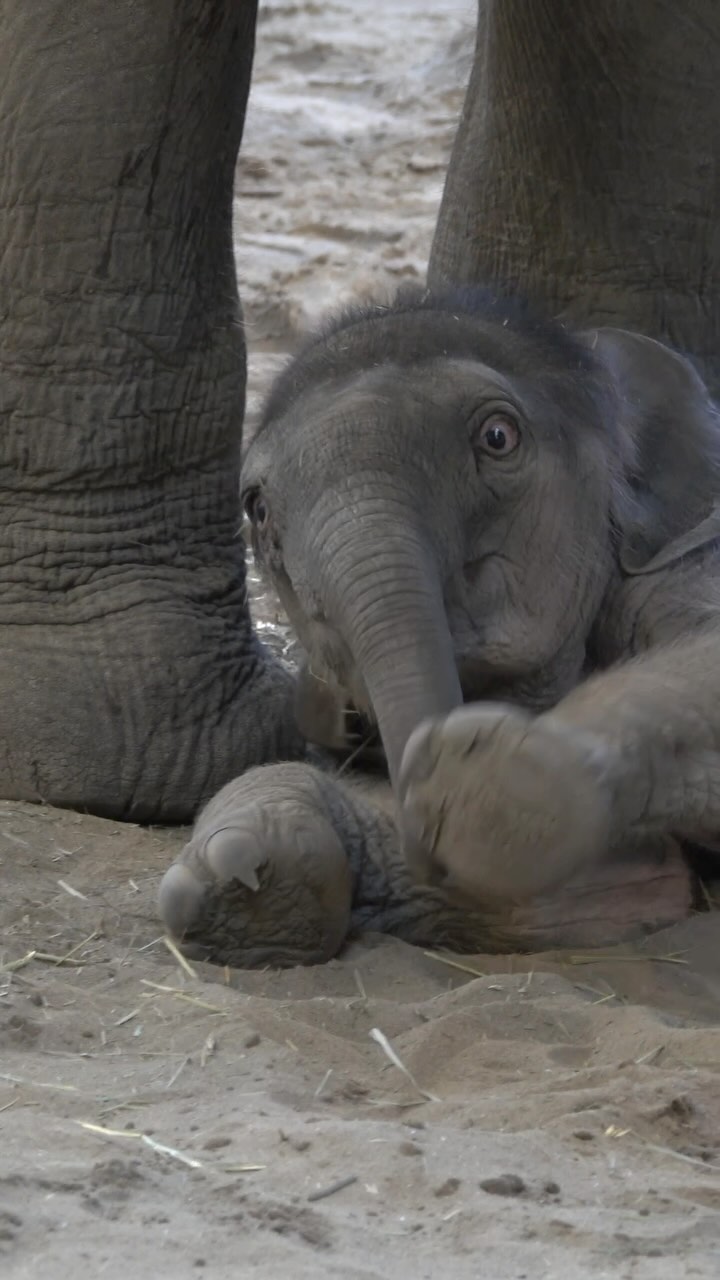- The impact of social media on wildlife conservation efforts and zoology education.
- Insights into zoo management practices aimed at promoting animal welfare and sustainability.
- The role of technological innovations in enhancing wildlife conservation strategies.
- Understanding animal behavior and its implications for conservation and zoo management.
- Challenges and solutions in preserving biodiversity amidst human encroachment and climate change.
Social media platforms such as Instagram have become powerful tools for communicating crucial aspects of zoology and wildlife conservation to a global audience. The integration of visuals and storytelling through posts and reels, like the one described in the introductory snippet, plays a crucial role in educating the public about animal behavior, conservation challenges, and the inner workings of zoos. Social media’s reach allows conservation organizations and zoos to engage a diverse audience, raising awareness and fostering a sense of responsibility to protect biodiversity.
One of the primary ways social media benefits wildlife conservation is by bridging the gap between the public and environmental issues. It provides an approachable medium through which conservationists, scientists, and educators can share their insights and research findings. The engaging format of platforms like Instagram captures the attention of wide demographics, making it an effective tool for educating people about endangered species, conservation efforts, and the ecological significance of biodiversity. However, it’s essential to use these platforms responsibly, ensuring the accuracy of information shared to avoid misinformation.
Zoo management practices have undergone significant transformations over the years, driven by increasing awareness about animal welfare and environmental impacts. Modern zoos are no longer just public spaces for viewing animals; they are centers for conservation, education, and research. The focus has shifted towards creating environments that mimic natural habitats, promoting physical and mental well-being for the animals in their care.
This shift is evident in changes to enclosure designs and enrichment programs that aim to encourage natural behaviors. Environmental enrichment strategies are tailored to meet the specific needs of different species, considering their natural behaviors and instincts. By implementing such programs, zoos actively contribute to the welfare of their animals, ensuring that they lead fulfilling lives in captivity.
The advancement of technology has brought new opportunities to the field of wildlife conservation. Technological innovations such as drones, GPS tracking, and camera traps have become integral tools for monitoring animal populations and their habitats. With these technologies, researchers can gather data on migration patterns, population dynamics, and habitat use more efficiently and accurately than ever before.
Digital platforms and applications have also revolutionized data collection and citizen science projects. They enable scientists and the public to collaborate in monitoring wildlife, reinforcing the collective effort needed to address conservation challenges. This participatory approach not only augments data collection but also empowers individuals by involving them directly in conservation processes.
Understanding animal behavior is fundamental to effective conservation efforts and zoo management. Behavioral studies offer insights into how animals interact with their environment and respond to threats, which is crucial for developing informed conservation strategies. These studies help identify the needs of different species, guide habitat restoration projects, and improve wildlife management practices both in the wild and in captive settings.
For instance, knowledge of social structures, mating behavior, and foraging patterns assists in maintaining stable populations and enhancing breeding programs in zoos. In the wild, understanding migratory routes and interspecies interactions can inform habitat protection measures and policy decisions that affect ecosystems at large.
The preservation of biodiversity is a complex challenge that requires a multifaceted approach. Human activities, such as deforestation, pollution, and climate change, pose significant threats to many species and their habitats. Conservation efforts must consider these multifaceted issues to develop effective solutions.
One critical component of addressing these challenges is habitat conservation. Protecting large landscapes and critical ecosystems is essential to ensuring species survival and maintaining ecological balance. Collaborative efforts involving governments, NGOs, and local communities are vital in creating and managing protected areas, promoting sustainable land use practices, and mitigating the impacts of human activity on natural environments.
Furthermore, educating the public about the importance of biodiversity and fostering a conservation ethic is vital. This involves not only raising awareness of the threats to wildlife but also inspiring people to take action in their daily lives to mitigate these threats, such as reducing waste, supporting sustainable products, and advocating for conservation policies.
In summary, the dynamics of zoology and wildlife conservation today involve an intricate interplay of social media communication, zoo management, technological advances, behavioral science, and environmental stewardship. These elements must be understood and integrated to foster sustainable conservation efforts and enhance the relationship between humans and wildlife. Successful conservation actions hinge on the combination of scientific knowledge, innovative tools, and public engagement, striving collectively to preserve the diverse tapestry of life on Earth.
*****
Source Description
Good morning


